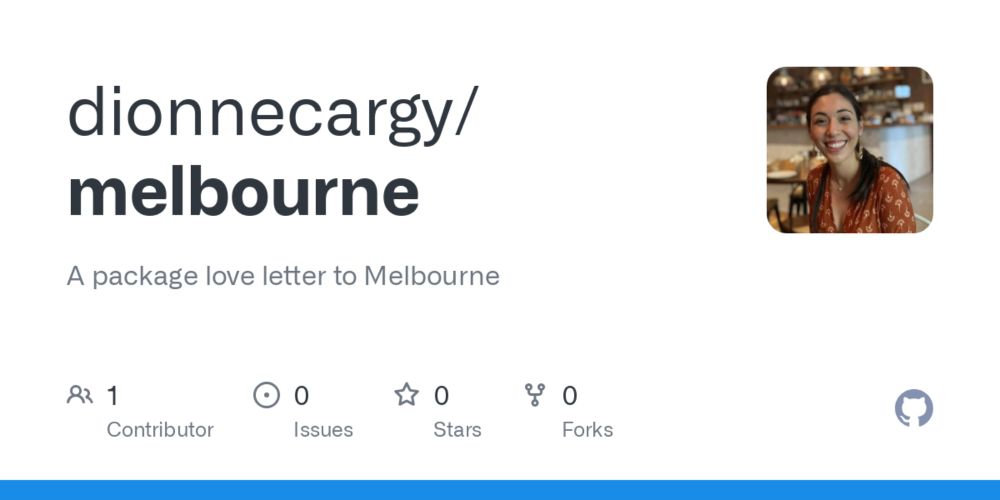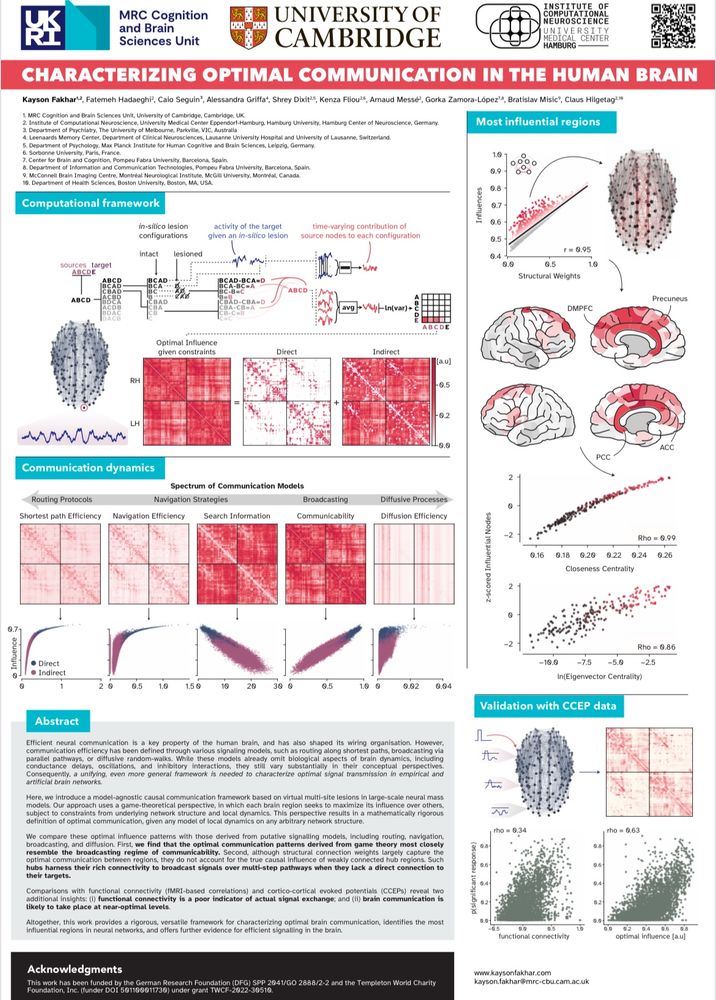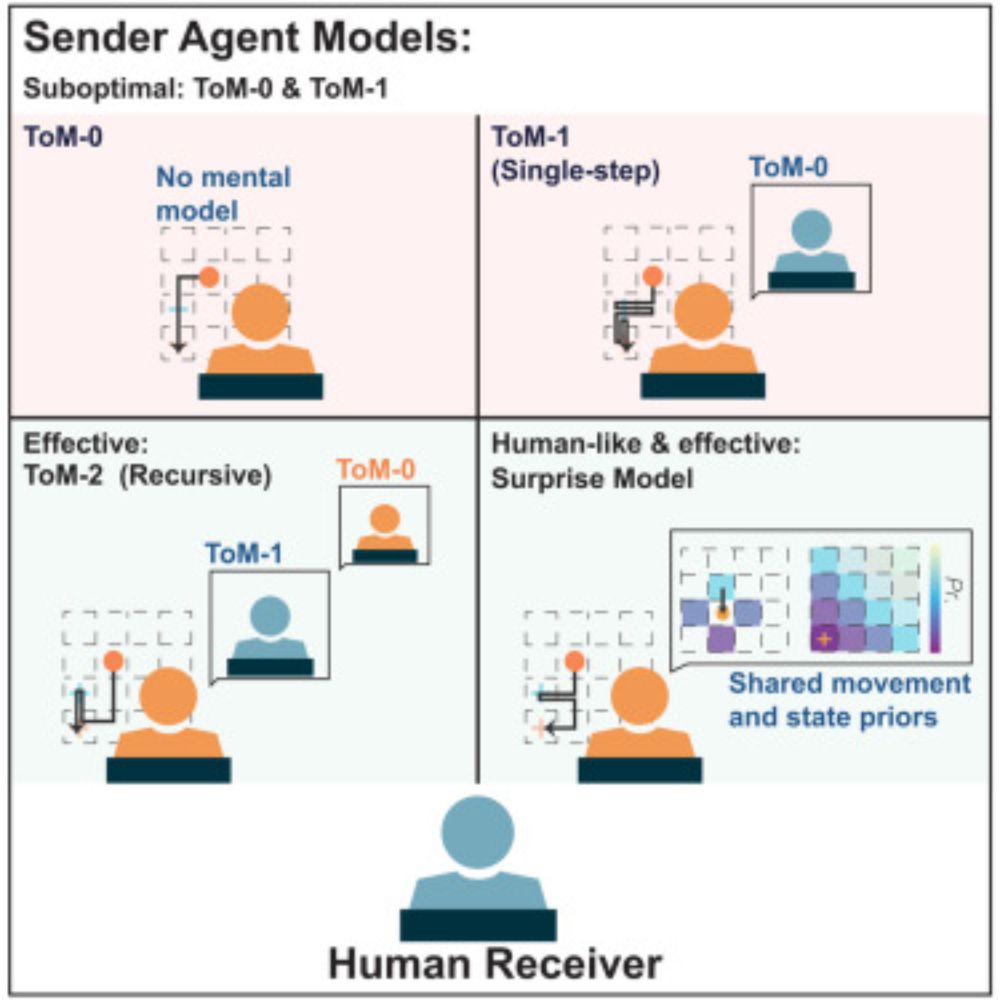Fatemeh_Hadaeghi
@fatemehhadaeghi.bsky.social
100 followers
180 following
23 posts
NeuroAI Researcher @ICNS_Hamburg, PhD in Biomedical Engineering
Posts
Media
Videos
Starter Packs
Pinned
Reposted by Fatemeh_Hadaeghi
Reposted by Fatemeh_Hadaeghi
Shrey Dixit
@shreydixit.bsky.social
· Jun 25
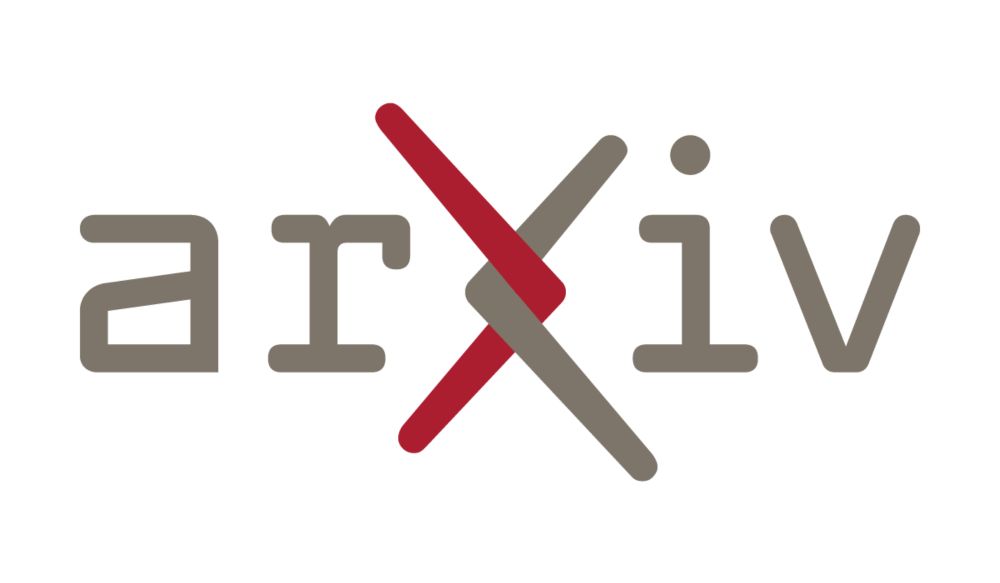
Who Does What in Deep Learning? Multidimensional Game-Theoretic Attribution of Function of Neural Units
Neural networks now generate text, images, and speech with billions of parameters, producing a need to know how each neural unit contributes to these high-dimensional outputs. Existing explainable-AI ...
arxiv.org
Reposted by Fatemeh_Hadaeghi
Shrey Dixit
@shreydixit.bsky.social
· Jun 25

Who Does What in Deep Learning? Multidimensional Game-Theoretic Attribution of Function of Neural Units
Neural networks now generate text, images, and speech with billions of parameters, producing a need to know how each neural unit contributes to these high-dimensional outputs. Existing explainable-AI ...
arxiv.org
Reposted by Fatemeh_Hadaeghi
Reposted by Fatemeh_Hadaeghi
Reposted by Fatemeh_Hadaeghi
Nature Neuroscience
@natneuro.nature.com
· Apr 11
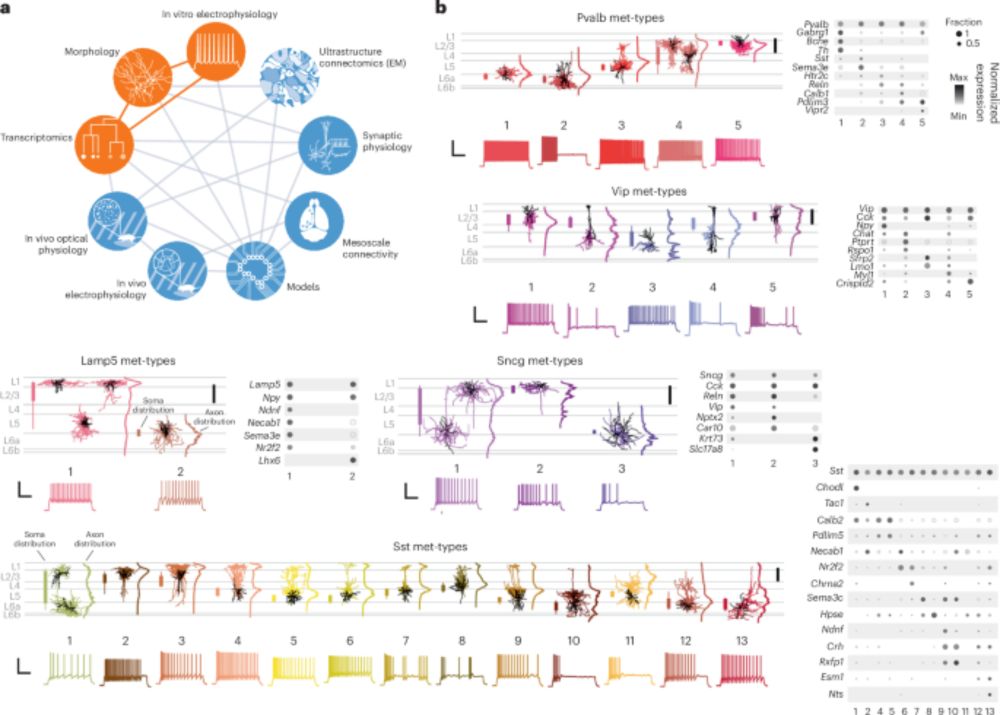
Integrating multimodal data to understand cortical circuit architecture and function - Nature Neuroscience
This paper discusses how experimental and computational studies integrating multimodal data, such as RNA expression, connectivity and neural activity, are advancing our understanding of the architectu...
www.nature.com
Reposted by Fatemeh_Hadaeghi









